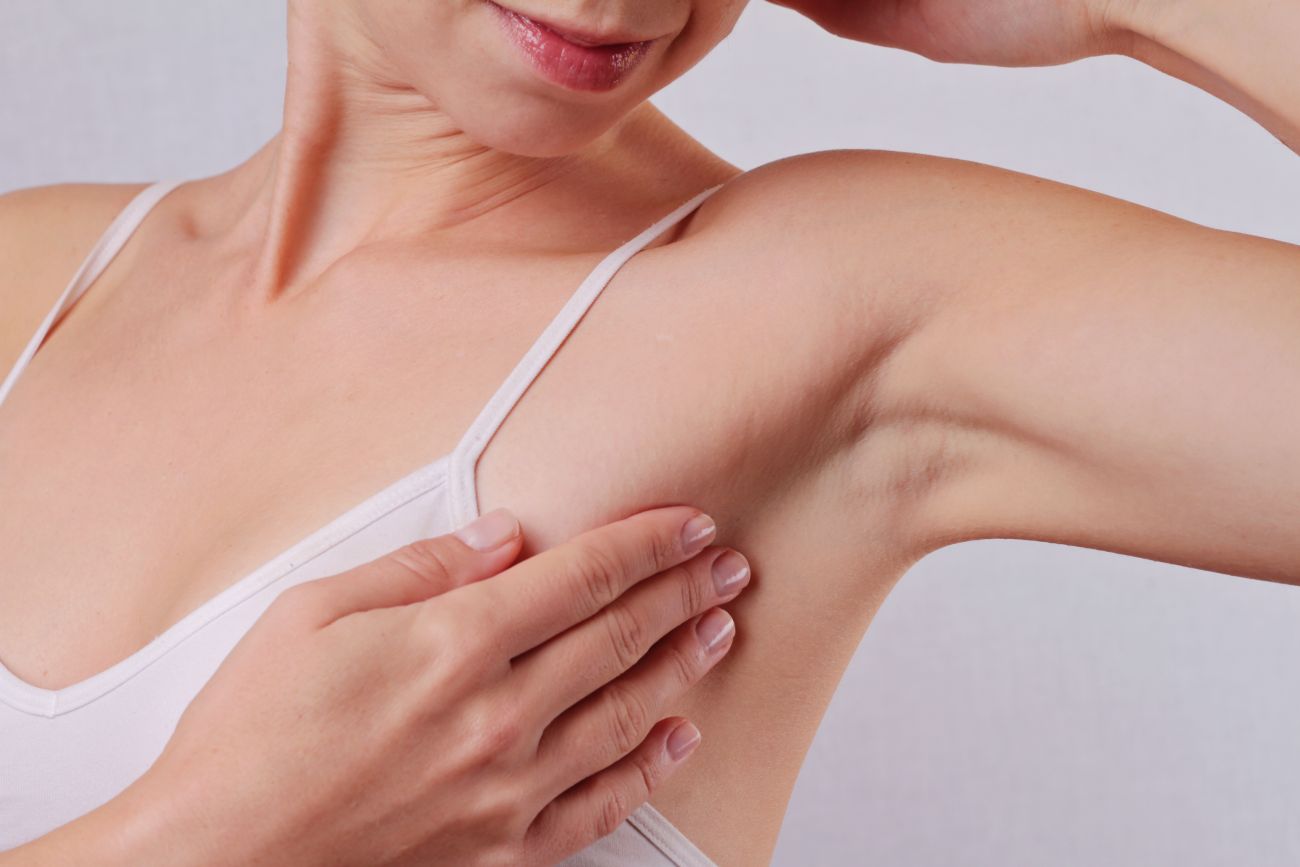Adult women, starting at age 20, are encouraged to perform a breast self-exam at least once a month. The key to a successful self-exam is consistency. Since breasts change throughout the menstrual cycle, one week after menstruation is a good time to check for abnormalities. Perform the exam in the same manner and same position every time. If you are new to breast self-exams, here are some guidelines:
How to perform a breast self-exam
In the shower
Using the pads of your fingers, move around your entire breast in a circular pattern moving from the outside to the center, checking the entire breast and armpit area. Check both breasts each month feeling for any lump, thickening, or hardened knot.
In front of a mirror
Visually inspect your breasts with your arms at your sides. Next, raise your arms high overhead. Look for any changes in the contour, any swelling, or dimpling of the skin, or changes in the nipples. Next, rest your palms on your hips and press firmly to flex your chest muscles. Look for any dimpling, puckering, or changes, particularly on one side.
Lying down
When lying down, the breast tissue spreads out evenly along the chest wall. Place a pillow under your right shoulder and your right arm behind your head. Using your left hand, move the pads of your fingers around your right breast gently in small circular motions covering the entire breast area and armpit. Use light, medium, and firm pressure. Squeeze the nipple; check for discharge and lumps. Repeat these steps for your left breast.
Breast cancer warning signs
- Lump, hard knot or thickening inside the breast or underarm
- Swelling, warmth, redness or darkening of the breast
- Change in size or shape
- Dimpling or puckering of the skin
- Itchy, scaly skin
- Nipple discharge
- Pain should be noted but it's usually not related to malignancy
Breast tissue naturally has a bumpy texture. Some women have more lumpiness in their breasts than others. In most cases, this lumpiness is no cause to worry. Lumps that feel harder or different from the rest of the breast tissue a should be checked by your physician.
High-risk patients
Young people in general are at lower risk for breast cancer. However, if you have a significant family history, or have relatives who developed breast cancer at a young age, contact Roswell Park’s High-Risk Breast Cancer Program for an evaluation. Regular screening and early detection is the best defense against breast cancer.
